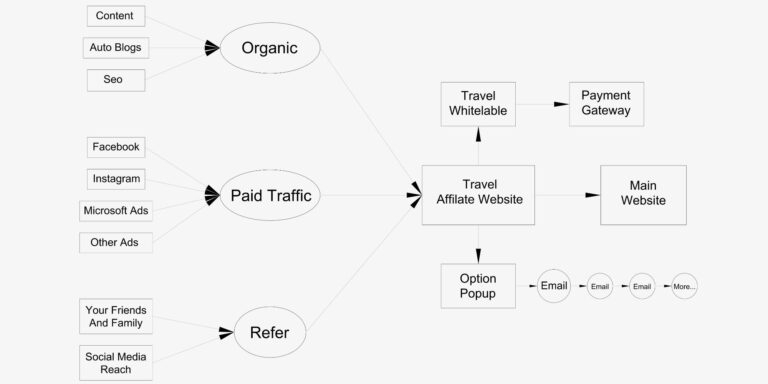I. Understanding the Global Market for Digital Products
A. The rise of digital products and their growing demand.
B. Identifying potential customer segments worldwide.
C. Exploring cultural nuances and adapting your offerings
II. Building a Strong Foundation for International Success
A. Developing a compelling brand identity and value proposition.
B. Crafting a robust digital product portfolio.
C. Implementing effective market research techniques.
III. Establishing an Online Presence
A. Creating a professional website or online store.
B. Optimizing your website for global search engines.
C. Leveraging the power of content marketing and SEO.
IV. Harnessing the Power of Social Media
A. Choosing the right social media platforms for global reach.
B. Crafting engaging content for your target audience.
C. Building a loyal and interactive community.
V. Leveraging Influencer Marketing
A. Identifying relevant influencers in your niche.
B. Establishing partnerships and collaborations.
C. Measuring the effectiveness of influencer campaigns.
VI. Implementing Email Marketing Strategies
A. Building an opt-in email list .
B. Crafting compelling email campaigns.
C. Personalizing email marketing for global audiences.
VII. Exploring Affiliate Marketing Opportunities
A. Understanding the affiliate marketing landscape.
B. Recruiting affiliates worldwide.
C. Tracking and optimizing affiliate campaigns.
VIII. Localization: Adapting Your Digital Products for Different Markets
A. Translating and localizing your content.
B. Tailoring your marketing efforts to specific regions.
C. Overcoming language and cultural barriers.
IX. Nurturing Customer Relationships and Retention
A. Providing excellent customer support
B. Implementing loyalty programs and incentives
C. Encouraging customer reviews and testimonials
X. Analyzing and Optimizing Your Global Sales Strategy
A. Utilizing data analytics for insights
B. A/B testing and optimizing conversion rates
C. Staying updated with market trends and innovations
Conclusion
Selling digital products globally has immense potential for entrepreneurs and content creators looking to expand their reach and boost revenue.
By implementing the strategies and techniques explored in this extensive blog post, you'll be well-equipped to tap into international markets and effectively sell your digital products to customers around the world.
Remember, success in global digital product sales requires a combination of careful planning, continuous adaptation, and dedication to providing value to your customers.
So, go ahead, take the plunge, and embark on a journey of worldwide digital product success.




Comments
Post a Comment